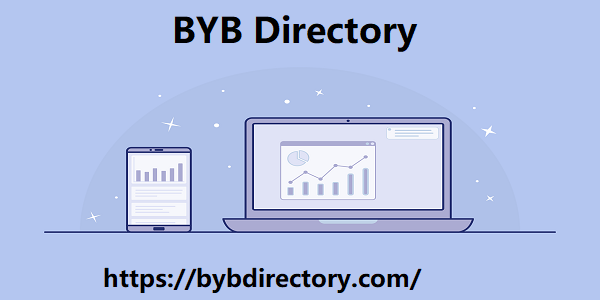Post by account_disabled on Mar 13, 2024 3:04:02 GMT -5
For more than 50 years, different generations have grown up accompanied by Disney films. These inspired many viewers to dress up, and even dream of that “happily ever after” with which most of these films conclude. However, as generations changed, they became aware of the stereotypes and gender roles that the characters shared. One of the best known: the princess in danger who could only be rescued by a prince. These models have affected in one way or another the self-esteem, confidence, and security of many people who do not fit the role. How big has the impact been? The impact of a story According to Sarah M. Coyne, a psychologist and professor at Bringham Young University, Disney princesses represent one of the earliest examples of the thin ideal . On the other hand, many of these stories shared the idea that women could only hope to fall in love and wait for that “rescue” that fits perfectly with sexist values.
Parents should consider the long-term impact of this culture . Sarah M. Coyne, psychologist at Bringham Young University. Various studies show that the Disney world has been responsible for promoting gender distinction between boys and girls. Example: pink for girls and blue for boys; dolls for them and cars for them. Keira Knightley has confessed that at home her daughter was prohibited from watching Cinderella (1050) and The Little Mermaid (1989) because of the negative values they transmitted to women. From her trench, actress Kristen BYB Directory Bell, who voices Anna ( Frozen ), also shared that she felt uncomfortable seeing her daughters watching films like Snow White and the Seven Dwarves (1937), due to how all kinds of stereotypes of gender and sexual consent. This encouraged those responsible for the education and development of boys and girls to begin to use social networks as a platform to make these roles and the damage they could cause visible.

They also took advantage of digital media to demand more diverse, inclusive, equitable and responsible content from entertainment companies. One of the first movements was #GiveElsaAGirlfriend , the purpose of which was to make Elsa from Frozen the first princess to belong to the LGBTQ+ community. The outcry that was generated by the stereotypes and erroneous gender roles in Disney films encouraged the industry to begin to become more aware and break its own prejudices. A paradigm shift This change in mentality in Disney creatives promoted campaigns such as #DreamBigPrincess , in which the company brought together 19 photographers from 15 countries, who were responsible for capturing a series of images that empower women and girls in the real world. One of the objectives of this movement was to celebrate all those inspiring stories of women who have faced all kinds of barriers to achieve and fulfill their dreams, transmitting to little girls that they too can dream big and be whatever they want to be.
Parents should consider the long-term impact of this culture . Sarah M. Coyne, psychologist at Bringham Young University. Various studies show that the Disney world has been responsible for promoting gender distinction between boys and girls. Example: pink for girls and blue for boys; dolls for them and cars for them. Keira Knightley has confessed that at home her daughter was prohibited from watching Cinderella (1050) and The Little Mermaid (1989) because of the negative values they transmitted to women. From her trench, actress Kristen BYB Directory Bell, who voices Anna ( Frozen ), also shared that she felt uncomfortable seeing her daughters watching films like Snow White and the Seven Dwarves (1937), due to how all kinds of stereotypes of gender and sexual consent. This encouraged those responsible for the education and development of boys and girls to begin to use social networks as a platform to make these roles and the damage they could cause visible.

They also took advantage of digital media to demand more diverse, inclusive, equitable and responsible content from entertainment companies. One of the first movements was #GiveElsaAGirlfriend , the purpose of which was to make Elsa from Frozen the first princess to belong to the LGBTQ+ community. The outcry that was generated by the stereotypes and erroneous gender roles in Disney films encouraged the industry to begin to become more aware and break its own prejudices. A paradigm shift This change in mentality in Disney creatives promoted campaigns such as #DreamBigPrincess , in which the company brought together 19 photographers from 15 countries, who were responsible for capturing a series of images that empower women and girls in the real world. One of the objectives of this movement was to celebrate all those inspiring stories of women who have faced all kinds of barriers to achieve and fulfill their dreams, transmitting to little girls that they too can dream big and be whatever they want to be.
